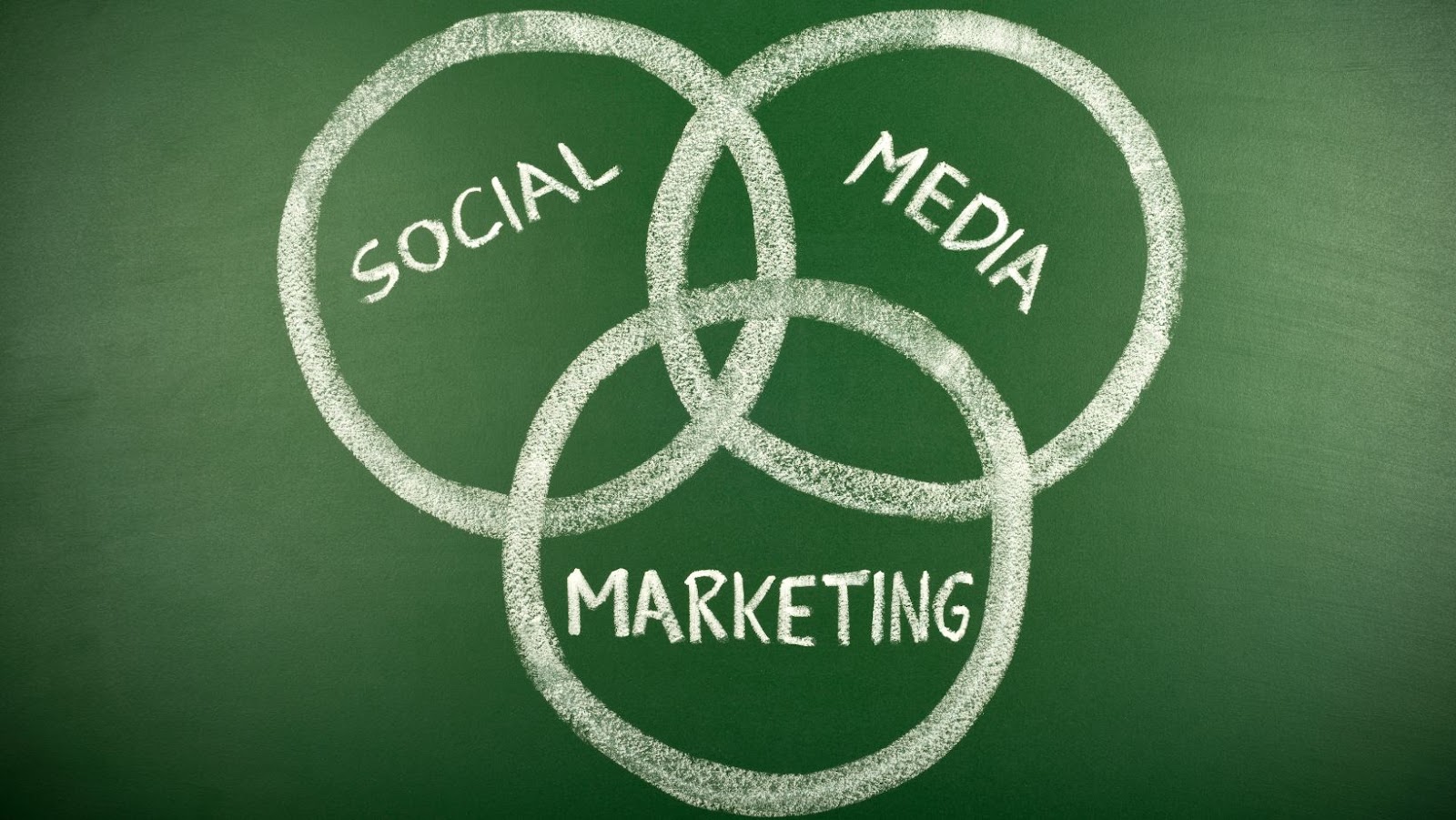 Types of Social Media Marketing
Types of Social Media Marketing
Social media marketing yields a multitude of benefits. It furnishes a platform for brand promotion, facilitates interaction with customers, and fosters a loyalty-infused relationship.
Brand promotion – Social media platforms serve as an excellent location for businesses to exhibit their goods and services. Sites such as Facebook, Instagram, and LinkedIn are prime examples, incubating billions of active users with varied demographics. Businesses may communicate the strength in their brand, products, and services to a vast, largely untapped audience.
Interaction with customers – Social media marketing paves the way for businesses to engage directly with their customers. Companies can utilize polls and comments sections to gather customer feedback and understand customer expectations, fostering meaningful relationships.
Customer loyalty – By generating regular and value-rich content on social media, businesses can build loyalty among their followers. Engaging with customers through comments, posts and direct messages surpasses traditional communication mediums, often leading to a higher customer retention rate.
 Exploring Different Types of Social Media Marketing
Exploring Different Types of Social Media Marketing
Organic social media marketing utilizes cost-free methods to engage with the audience. It’s centered around building a community of loyal followers by sharing relevant and valuable content. Examples include regular posts, replies to comments, story sharing, and live posts.
Paid Social Media Marketing, quite unlike its organic counterpart, involves paying to distribute content. Businesses might boost content visibility using sponsored posts, tweets, or stories. These paid promotions reach a larger audience and provide measurable insights.
Influencer marketing leverages the fame or expertise of industry influencers. Marketers collaborate with these individuals, who endorse their brands to large audiences. Fashion bloggers promoting clothing brands serve as one of many instances of influencer marketing.
Social Media Advertising makes use of platform-specific ads. They target demographics based on users’ activity, ensuring the ads reach relevant potential customers. Advertisements seen in the Facebook feed are typical examples of social media advertising.
Content Marketing on Social Media involves creating and sharing valuable, relevant content to attract and retain an audience. A business might share blog posts, videos, infographics, or pictures. Releasing a tutorial video is a helpful illustrative example.
Viral Marketing on Social Media Platforms aims to spread rapidly from one user to another. This quick, explosive growth is often achieved by creating content that’s so appealing or novel, users feel compelled to share it. Viral tweets or TikTok challenges offer illustrative examples of this strategy.
Employee Advocacy in Social Media Marketing encourages employees to share brand content on their personal social media accounts. This approach distributes company messaging to a larger, diverse audience. It’s like employees serving as brand ambassadors, promoting the business in their networks.
 Effectiveness of Various Social Media Marketing Types
Effectiveness of Various Social Media Marketing Types
Delving deeper into the distinct strategies of social media marketing, it proves essential to understand their respective effectiveness. By unveiling the success rates of the various types of social media marketing, companies can make informed decisions based on results, ensuring optimal return on investment.
Organic social media marketing thrives on cultivating robust and authentic relationships with an audience. This strategy flourishes when dynamic, relevant content resonates with the users, triggering engagement, shares, and comment discussions. Core metrics indicating the effectiveness of organic social media marketing include follower growth rate, engagement rate (likes, comments, and shares per post), and click-through rates. Real life instances, such as Buffer’s documented 400% growth in followers on their Twitter account in just 3 months, portray the potential impact of organic tactics.
Paid social media marketing leverages paid promotions to magnify content visibility. Its impact is perceived through key metrics like the number of impressions made, reach, click-through rate, and ultimately, the conversion rate. With paid promotions, businesses can segment audiences according to specific criteria like age and location. Coca Cola’s 2015 ‘Share a Coke’ campaign exemplifies a successful paid social media marketing strategy, having reached over 998 million people worldwide.
Influencer marketing tactics hinge on collaborating with industry personas whose endorsements can sway their extensive follower bases. Effectiveness measures comprise counts in follower engagement, impressions delivered, and new followers gained, along with tracking the ratio of return on investment. Daniel Wellington’s long-term collaboration with influencers is a testament to the power of this type of social media marketing, leading to a growth to $220 million in revenue over just five years.